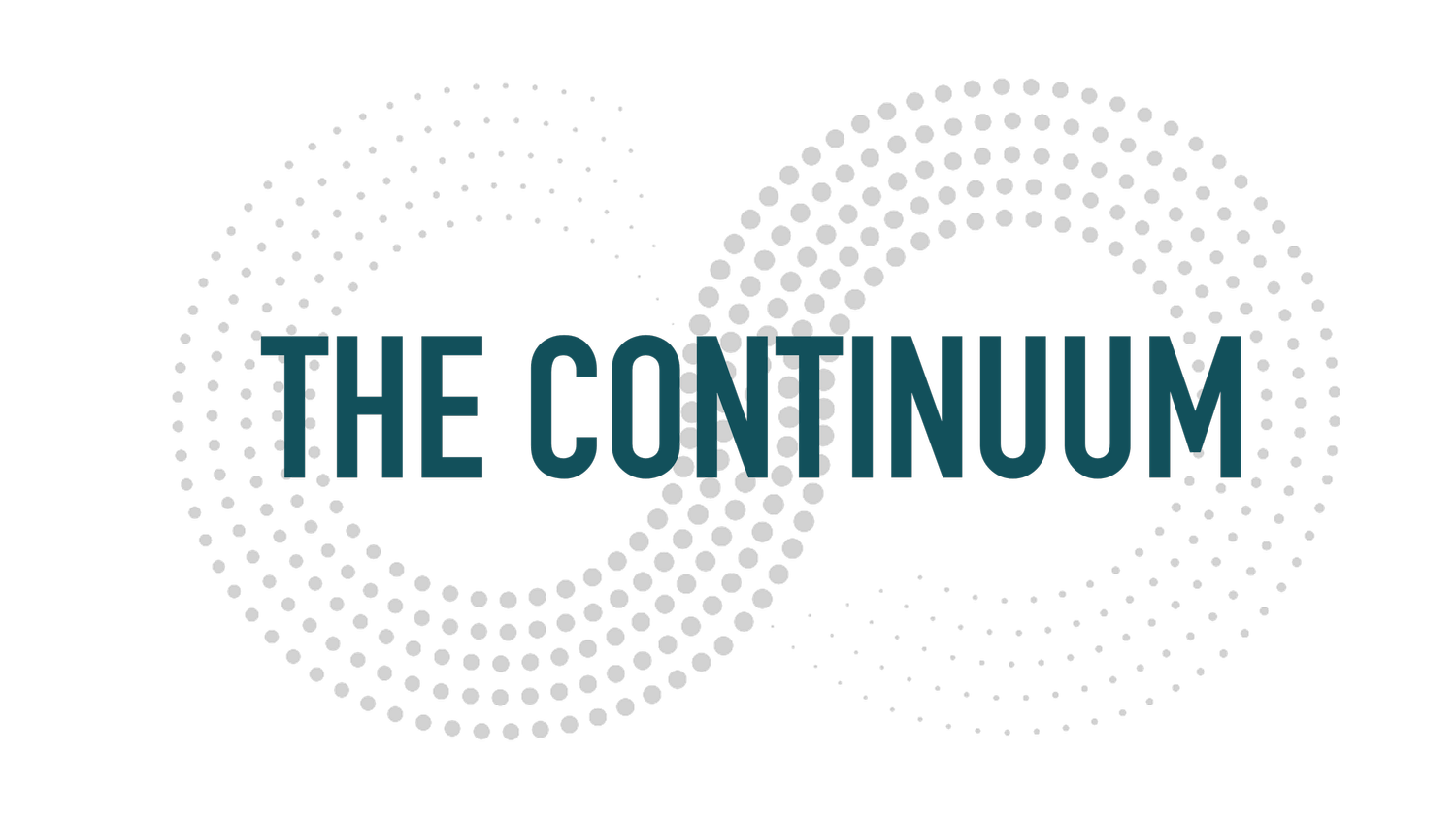Rhythm Over Chaos
The Commute Between Chaos and Consistency
This week I’ve been commuting.
Not the kind that drains your soul with timetables and tail-lights, but the ritual of showing up in the same place, at the same time, for the same purpose—day after day.
It’s felt like a job, but not work.
And I started to wonder: is there a difference?
I love my work. But in the creative and knowledge economy, the reality is this: the lines between work and life have blurred into a single unbroken feed. Technology — especially AI — promises to hand us back time, to let us “work smarter, not harder.”
Yet, the data — and my own days — suggest something else. Studies show knowledge workers now average 9.6 hours a day on the job, with nearly 40% of that eaten by “work about work” — the meetings, the updates, the hunting for information. When remote work became the norm, the average workday actually expanded by almost 50 minutes. We haven’t reclaimed time. We’ve expanded the cage and lined it with better Wi-Fi.
I’ve been using AI tools to “save time,” and all it’s really done is open more room for dreaming, experimenting, making. It’s intoxicating. But I still can’t decide if that’s liberation… or a more gilded cage.
This week’s creative commute gave me something I didn’t expect: a deeper appreciation for rhythm. Presenting the same ideas, to different audiences, at the same hour every day, I found myself sanding away the rough edges — not changing the core, but refining the shape. Each repetition wasn’t static—it was sculptural. I refined the edges, tightened the rhythm, emphasised what landed.
Each delivery became a remix, not a reinvention. And it turns out, repetition made the work better.
Brands can learn from this. Too many panic at the sight of sameness. They cycle through campaigns like seasonal wardrobes, mistaking novelty for vitality. But in doing so, they forget the comfort of rhythm. They forget that some of the most powerful ideas are not shouted once, but whispered again and again — until they live in people’s bones.
The research is clear:
The mere exposure effect shows that repeated exposure deepens recall and emotional connection.
Distinctive brand assets — colour, sound, texture, tone — grow in value with consistent use.
Creative campaigns that stick to their brand codes resist “wear out” far longer than most marketers believe.
Consistency isn’t the enemy of creativity—it’s the canvas. It’s the melody that can be remixed a hundred ways without losing its soul. The best brands know their hook, and they keep playing it — sometimes as a ballad, sometimes as a dance track, sometimes stripped down and raw — but always recognisably theirs.
Maybe that’s the real lesson of the commute.
You don’t need chaos to spark ideas. Sometimes, you need the steady pulse of a train arriving on time, the familiar platform under your feet, the same route — so that within that framework, you can find infinite ways to make it new.
Rhythm builds memory.
Memory builds meaning.
And meaning is what lasts.
August 12, 2025
© 2025 The Continuum

